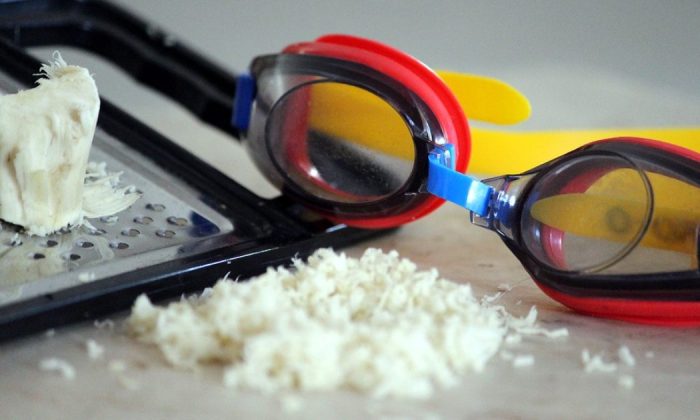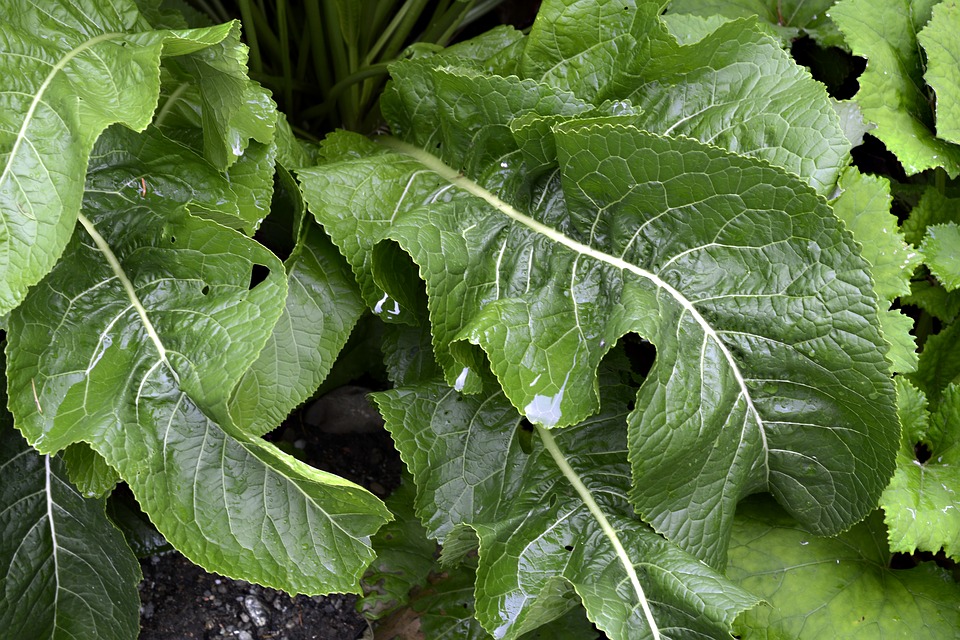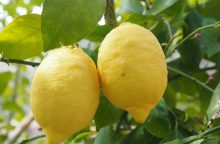Horseradish as natural antibiotics

Horseradish is a plant and we eat its root. We dig up the root in autumn. Sure you can buy it all year round and use it in many recipes such as in beetroot salad, our favourite, or if you are a sausage connoisseur you probably eat sausages with a horseradish sauce, right? Today, we use horseradish mainly for cooking, but our ancestors used it also as a medicinal plant. It strengthens immunity, supports the respiratory system, but it also helps with spine, back and rheumatic pain.
Benefits of horseradish
Horseradish (Armoracia rusticana) is a perennial that grows well in Europe, Central Asia and North America. We all know that the root of the plant is the part that we use most, but leaves are also edible. Horseradish is a rich source of vitamin C – it contains more vitamin C than lemon, but it is also rich in vitamin A, K and B. Minerals include calcium, phosphorus, sodium, potassium and magnesium and also zinc and iron. Thanks to other substances such as phytoncides , phenylethyl alcohol and lysozyme, horseradish also offers antibiotic properties.
Photo: Pixabay
Horseradish and pain
If you suffer from back pain, spine pain or rheumatic pain, you should try horseradish leaves. Well, eating the root can help you to, but the leaves are much more effective. Place leaves on the painful spot and leave them there until they start to dry. If you want to have horseradish ready all-year-long, you need to make an ointment from it. Blend clean and washed leaves and mix them with a little bit of coconut oil. Put the mixture in a glass container and seal it with a lid. Rub on the affected areas when needed.
Cough and cold syrup to support immunity
Thanks to antibacterial, antiviral and fungicidal properties, you may also use horseradish to treat respiratory infections, especially to facilitate easier coughing or as a preventive medicine to support immunity. Grate 100 g of peeled horseradish, mix with 100 ml of water and let it sit for an hour. Drain through a fine cloth and mix with honey. You should use as much honey as horseradish, that is 100 g. Take a spoonful three times a day.
Headache
You can also inhale horseradish to fight headaches or sinus problems. Grate the root and put it in a glass jar and pour in apple cider vinegar. Close with a lid and let sit for 10 days. Shake the jar every day . When ready, mix the decoction with water and inhale. You may put it on a cloth and put it on your forehead. This should help you with headaches.
Horseradish for weight loss
Horseradish helps you digest heavy and fatty foods and speeds up metabolism All this accelerates fat burning and this is why horseradish is a popular ingredient in weight loss programs. Here is how you can make a weight loss “medicine”. Grate 130 g of horseradish, mix it with 4 spoons of honey and squeeze in 3 lemons. Add 2 spoons of cinnamon and about two-centimetre long piece of ginger (peeled and grated). Take two teaspoons twice a day.
Source: https://porady.interia.pl/zdrowa-zywnosc/news-chrzan-wlasciwosci-i-zastosowanie,nId,5577248
Preview photo: Pixabay

Gardening is my hobby, I have a lot of experience and I am happy to share it.









0 comments